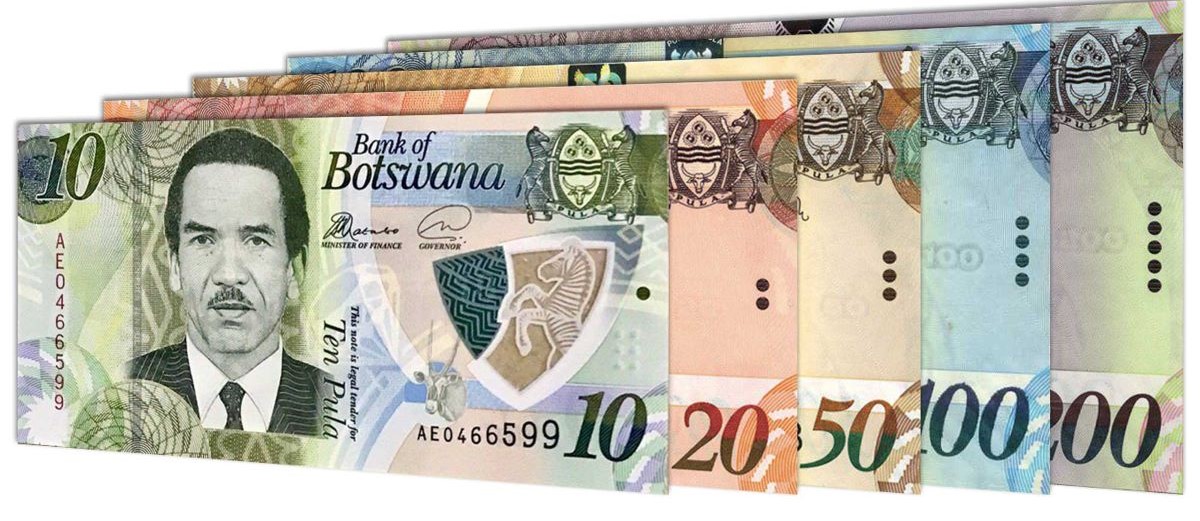(3 Minutes Read)
Botswana implements a 1.51% devaluation of its currency, the Pula, against a collection of other global currencies throughout 2024. The decision, designed to bridge the gap between an anticipated higher inflation rate within Botswana and lower price growth in the economies of its trading partners, seeks to preserve the economic equilibrium.
Botswana implements a 1.51% devaluation of its currency, the Pula, against a collection of other global currencies throughout 2024. The decision, designed to bridge the gap between an anticipated higher inflation rate within Botswana and lower price growth in the economies of its trading partners, seeks to preserve the economic equilibrium. The policy was announced in a statement released by the Finance Ministry, marking a significant development in Botswana’s economic strategy for the upcoming year.
The devaluation strategy will be carried out via minor daily adjustments that will culminate in a 1.51% decrease by the end of December. This approach mirrors the rate of devaluation implemented in the year prior, suggesting a pattern of controlled and deliberate economic measures.
The purposeful weakening of the Pula is not a signal of economic despair, but a strategic attempt to sustain Botswana’s export competitiveness. The devaluation will lower the price of goods and services produced within Botswana for international markets, potentially boosting demand and, in turn, the nation’s export sector.
Read Also:
https://trendsnafrica.com/botswanas-elevated-mineral-revenue-eases-its-fiscal-deficit-target/
Devaluation, in tandem with other macroeconomic policies, is also being employed as a tool to manage inflationary pressures. While there exist inherent risks such as the probable increase in inflation and the depreciation in the Pula’s value, the calculated steps are seen as necessary for greater economic stability.





